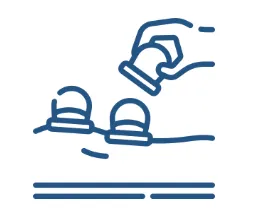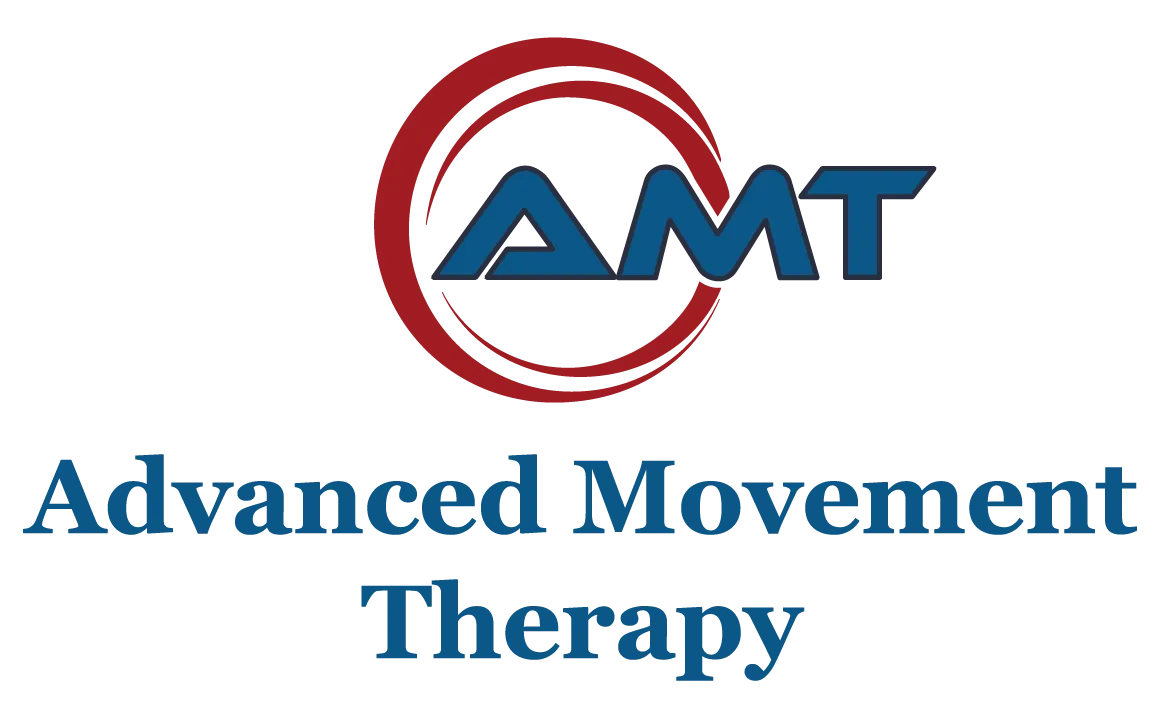North Jersey's Premier
Physical Therapy
Live Pain-Free & Stronger Without Painkillers, Surgery, or Injections
WHO WE ARE

WHO WE ARE
Redefining The Traditional Physical Therapy Experience
One-on-one care at each therapy session, which allows us to give undivided attention to each patient, and by providing cash based therapy we eliminate the impact insurances companies may have on our patients care, allowing each session to be patient focused rather than insurance focused.
My goal is to restore your mobility, keep you moving and ensure your rehabilitation is effective, efficient and stress-free. Since setting up my practice, I have offered the highest standards of treatment and patient care and am committed to my clients health and long-term wellness.
So That I Can Serve Your Specific Needs, Please Fill Out This Form On How You Want Us To Help You
I agree to terms & conditions provided by the company. By providing my phone number, I agree to receive text messages from the business.
WHY US
WHY CHOOSE US

ONE-ON-ONE
To ensure that you are getting the highest quality of care. Every session will be one one-on-one with a doctor of PT. No aids, no techs. Just individualized care for you with your doctor

ACCESSIBILITY
We are 100% committed to your recovery. Throughout the process your therapist will always be accessible for any questions you may have

HOLISTIC CARE
Not only do we improve your pain and reduce your symptoms, but we address the root cause of the issue and work to make your body more resilient in order to prevent further injuries.

RELATABILITY
Because of our background we know the importance of keeping you in the activities you love and we find ways to modify your training so you can stay in your sport throughout the Advanced Movement Therapy process.

Total Wellness Facility
Not just strength and rehab. We look at all your goals to optimize stress levels, nutrition, sleep, and more.

COST TRANSPARENCY
Unlike many physical therapy clinics- you won’t get any bills months following finishing PT. You will never be surprised by a bill you were not anticipating.
WHO WE TREAT
1:1 Specialized Programs
SERVICES
WHAT WE DO

Injury Rehabilitation
Tailored therapeutic treatments designed to help you recover fast and efficiently from injuries or surgery.

Cupping
A myofascial treatment that helps improve tissue mobility in an injured area allowing for more blood flow and improved healing

Dry Needling
The use of a small monofilament needle to elicit an increase in blood flow and improved tissue tension in an injured area.

Sports Recovery Massage
A program consisting of various manual therapy techniques all with the purpose of improving blood flow, decreasing muscle tightness, and improving recovery rate after exercise in order to help maximize your adaptations to training and get you back quicker.

Injury Prevention Screens
Don't wait until you have an injury to seek treatment, most orthopedic injuries are preventable if movement inefficiencies are identified and corrected early.

Normatec Compression
A pneumatic compression pump designed to improve the blood flow circulation in your legs helping to decrease muscle soreness after exercise and significantly improve the rate of recovery.
MEET YOUR DOC
MEET DOCTOR JARED
Owner and Founder of Advanced Movement Therapy
Jared graduated with honors from Sacred Heart university in 2012 with a Bachelors of Science in Athletic Training. He then went on to graduate from Stony Brook University in 2015 with a Doctorate in Physical Therapy, and was awarded the most prestigious Award for Clinical Excellence.
Certifications & Expertise
NASM Personal Trainer
Performance Enhancement Specialist
Corrective Exercise Specialist
Nutrition Specialist
Golf Fitness Specialist
Functional Movement Screen Certified
Selective Functional Movement Assessment Certified
TRX Certified Coach

Follow Us on Facebook
TESTIMONIALS
Get In Touch
Assistance Hours
Mon – Fri 8:00am – 6:00pm
Sat - 8:00am - 12:00pm
Sunday – CLOSED
Phone Number: (973) 506-2319
Address
31 Industrial Ave Suite 3B, Mahwah NJ 07430
Call (973) 506-2319
Email: [email protected]
Site: Advancedmovementpt.com


